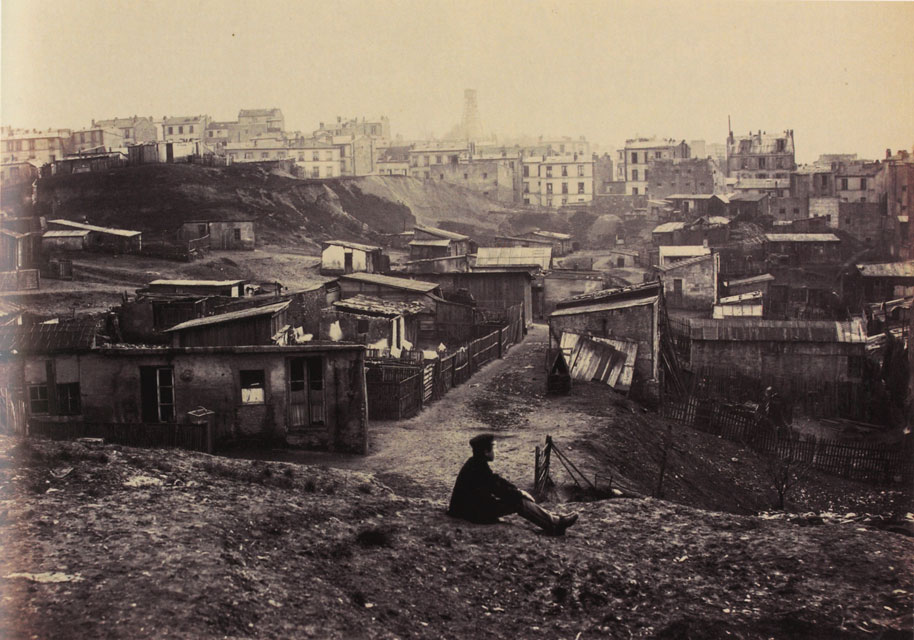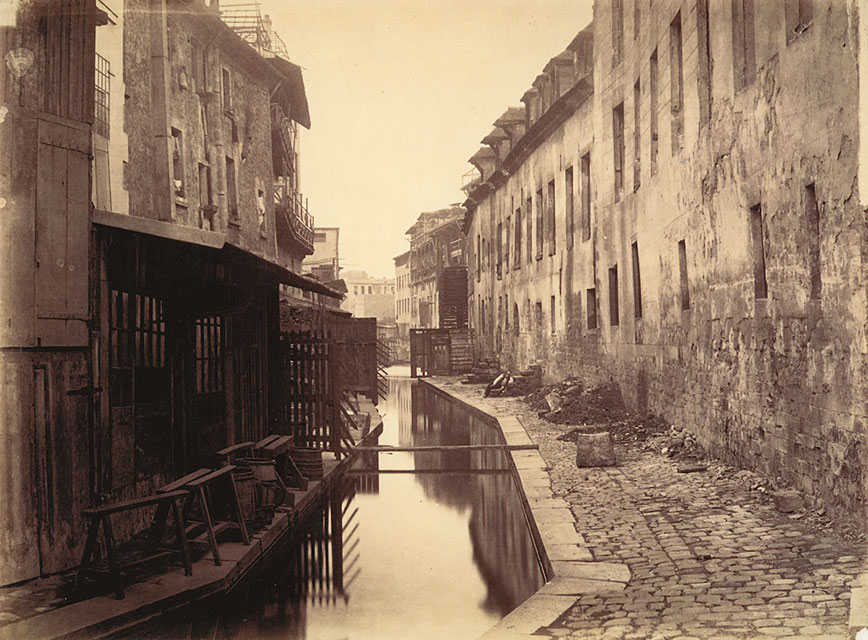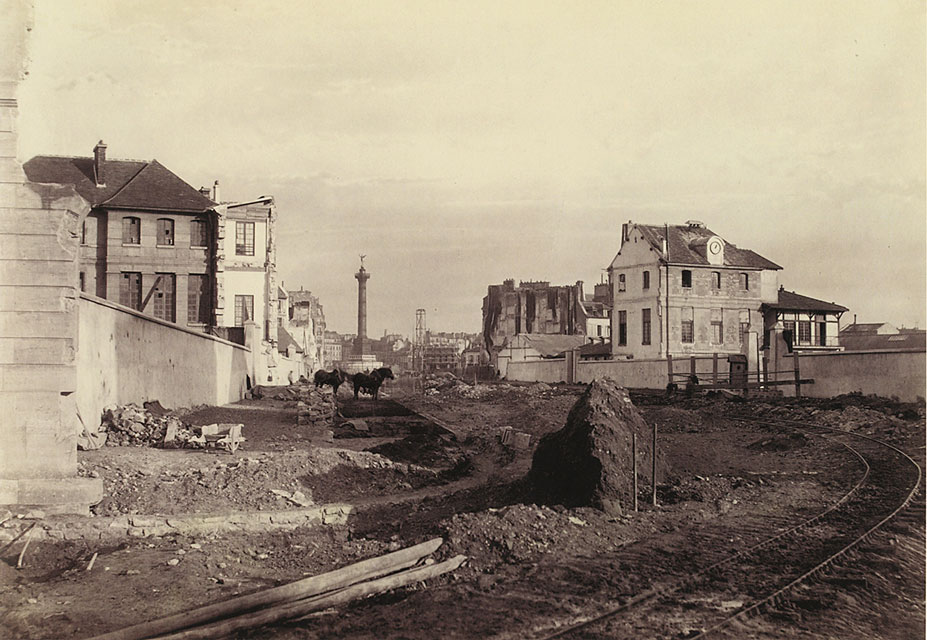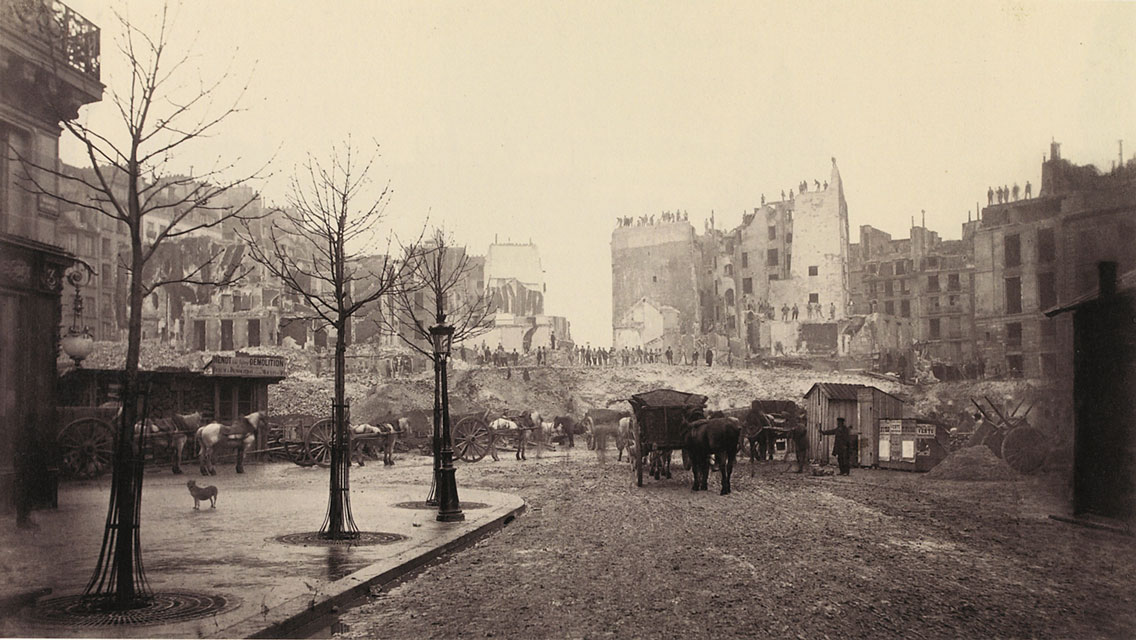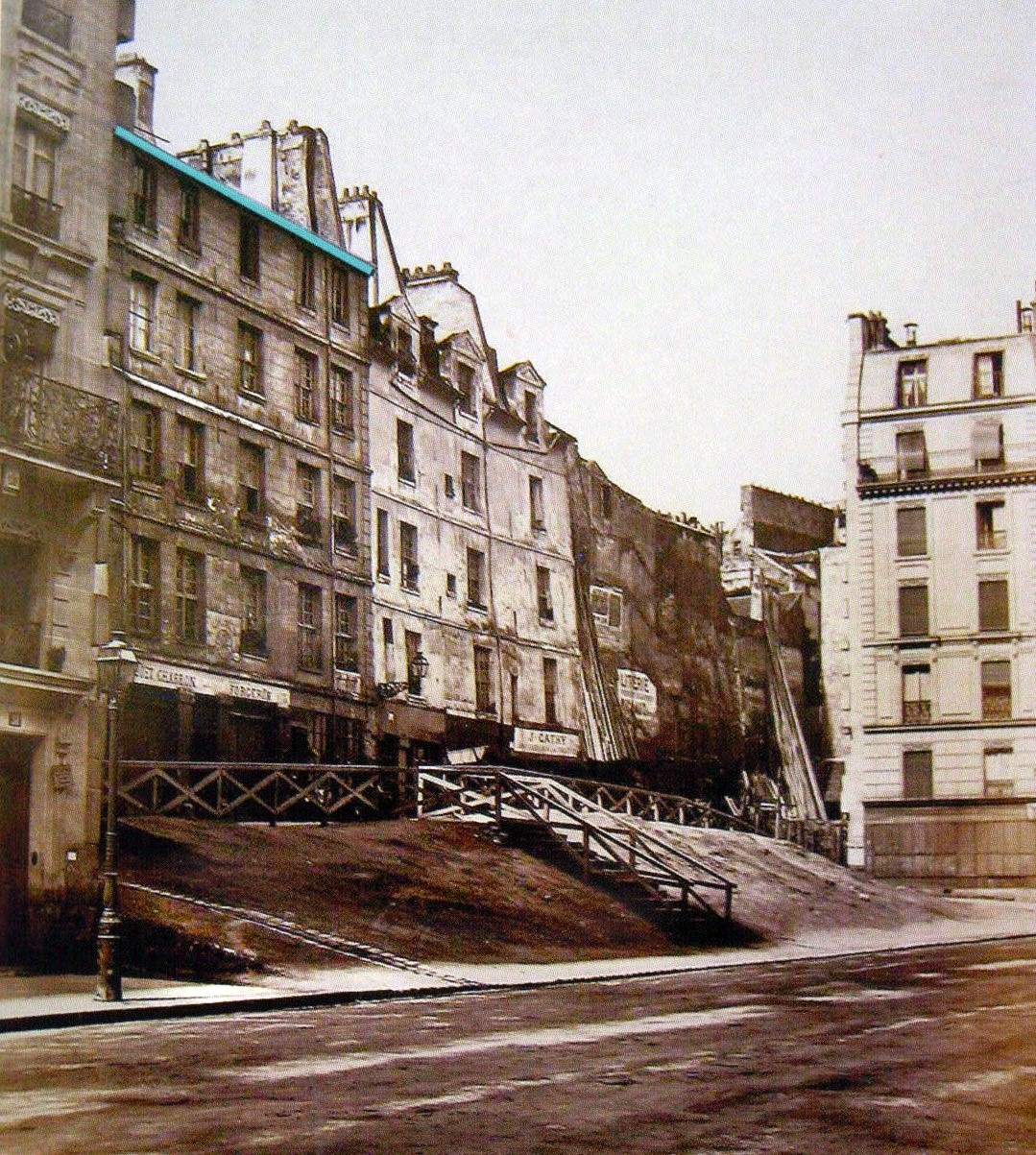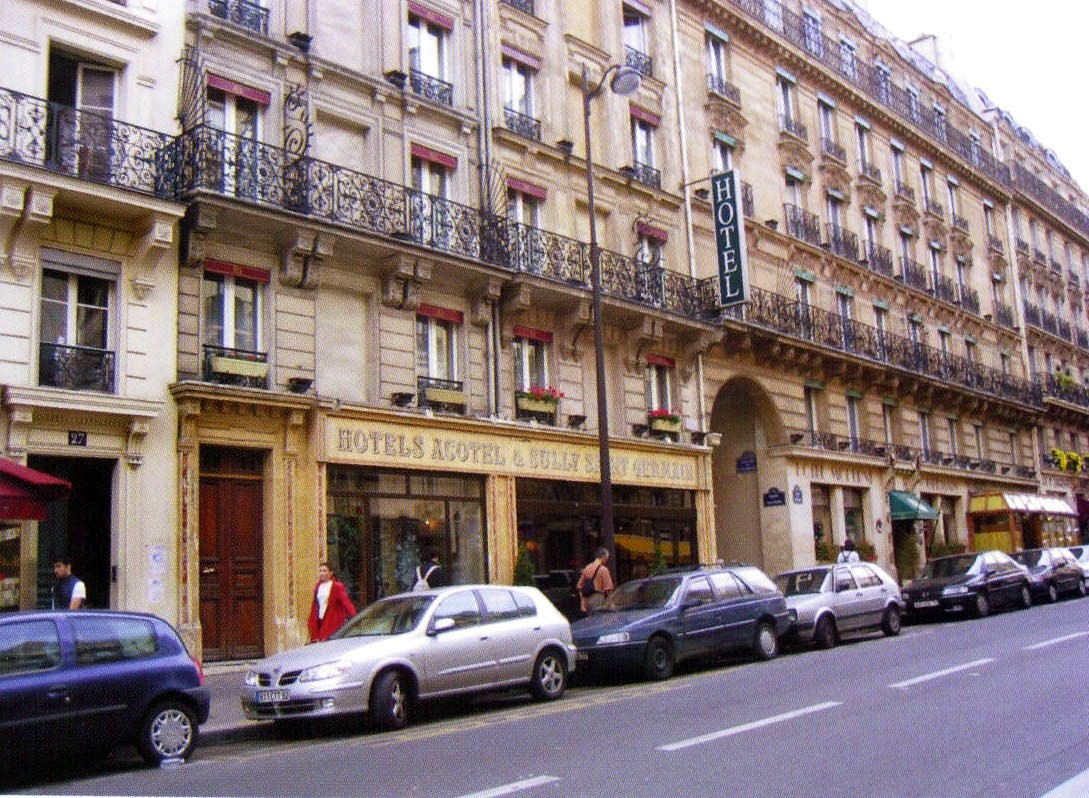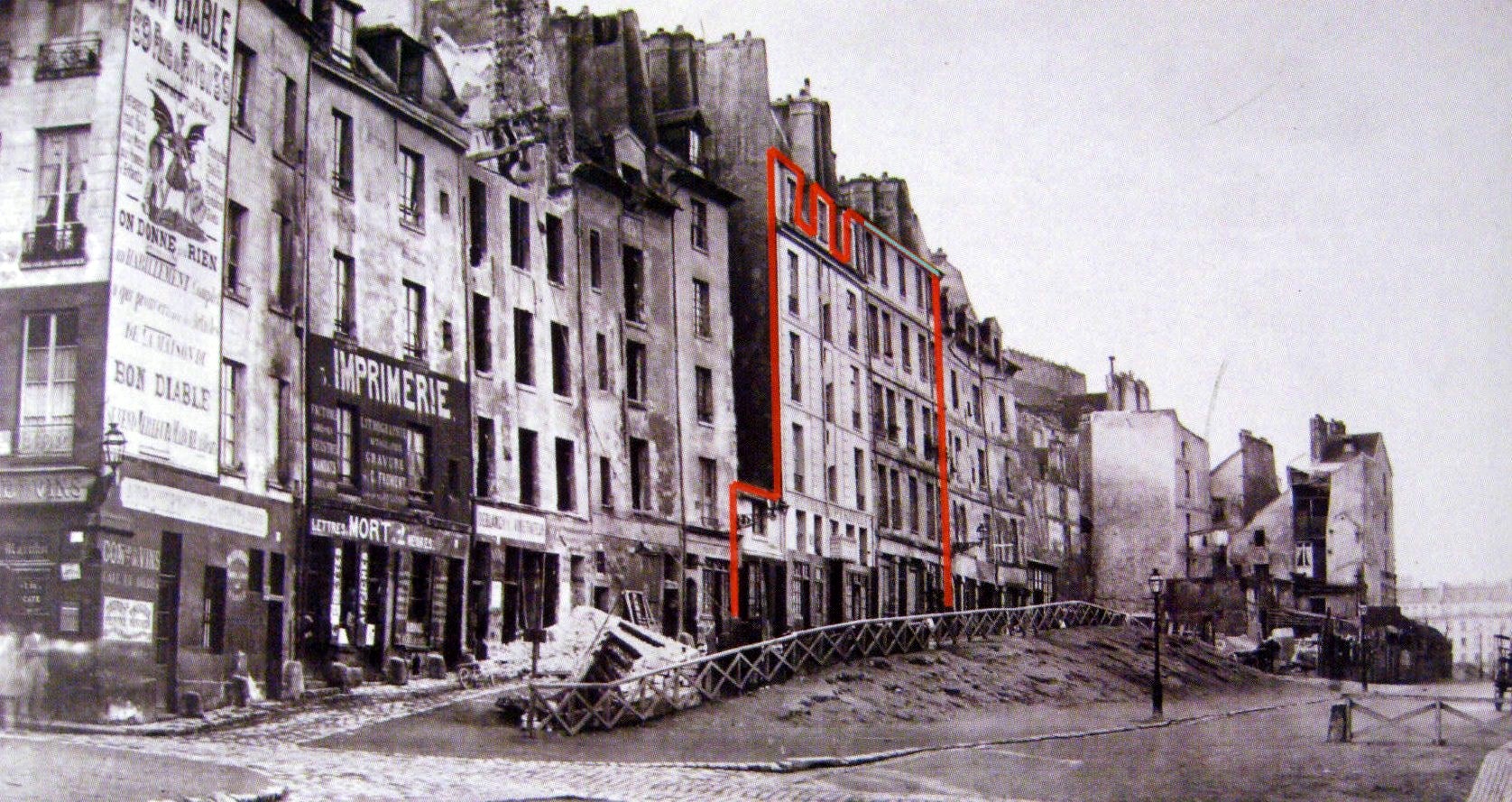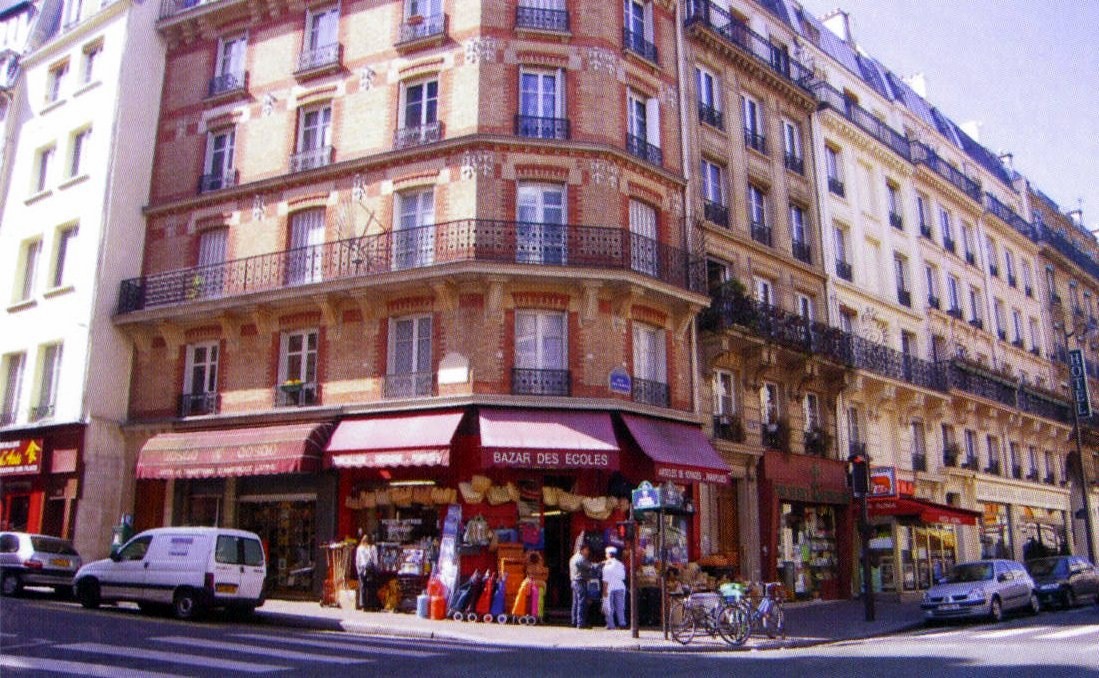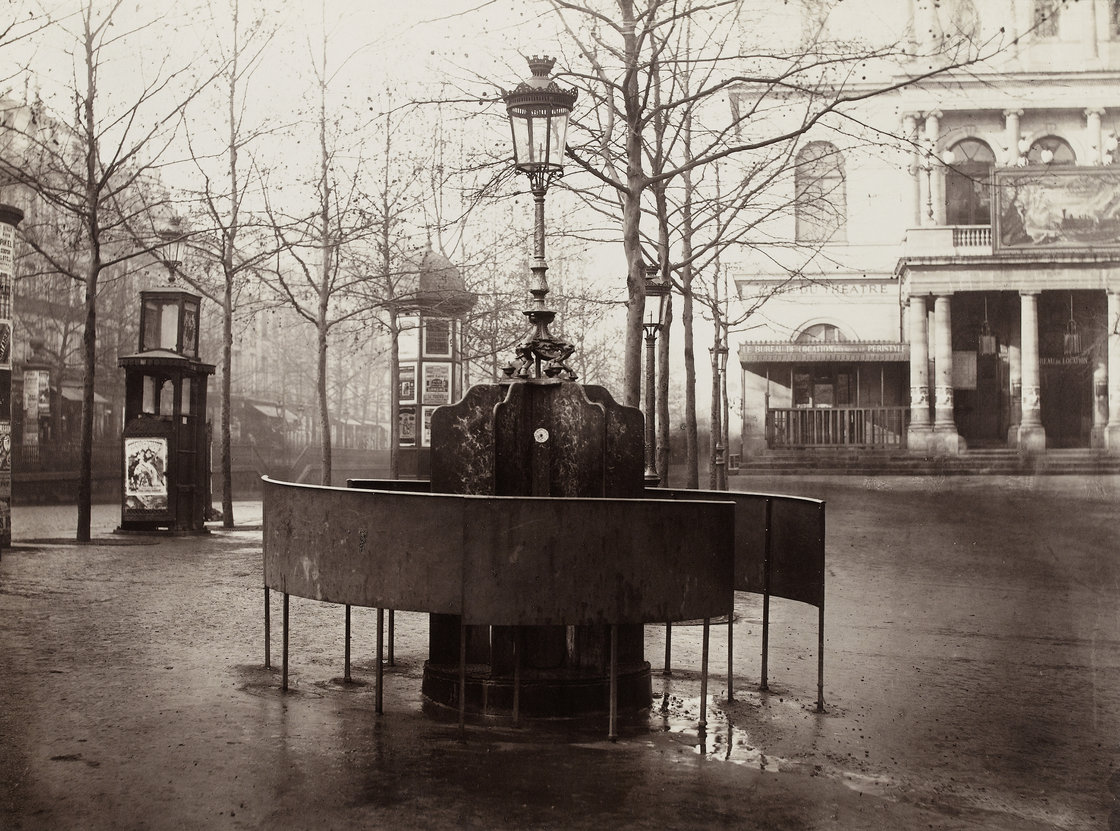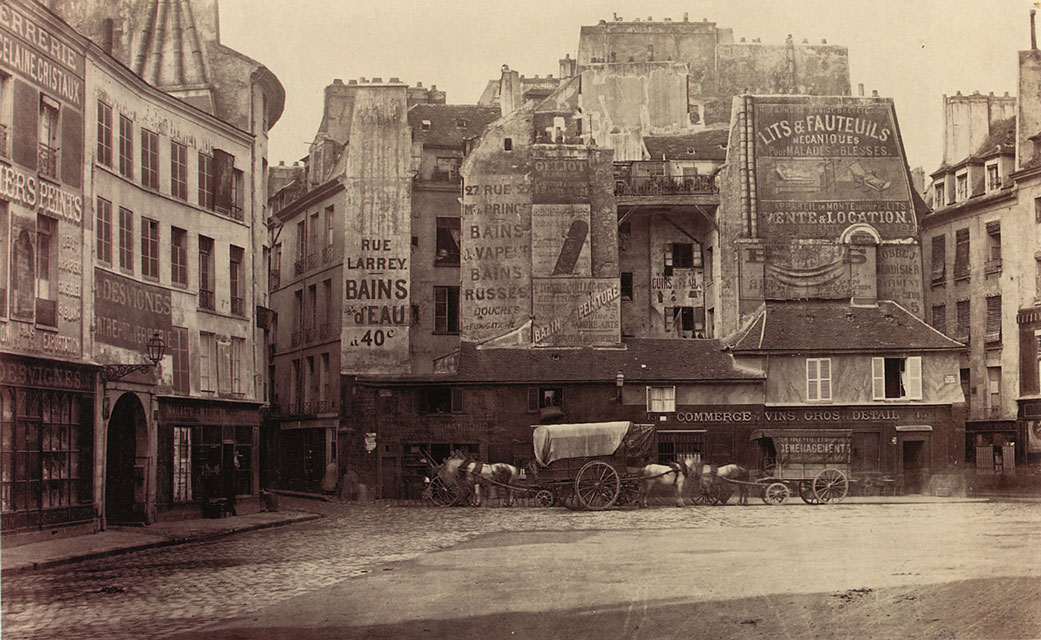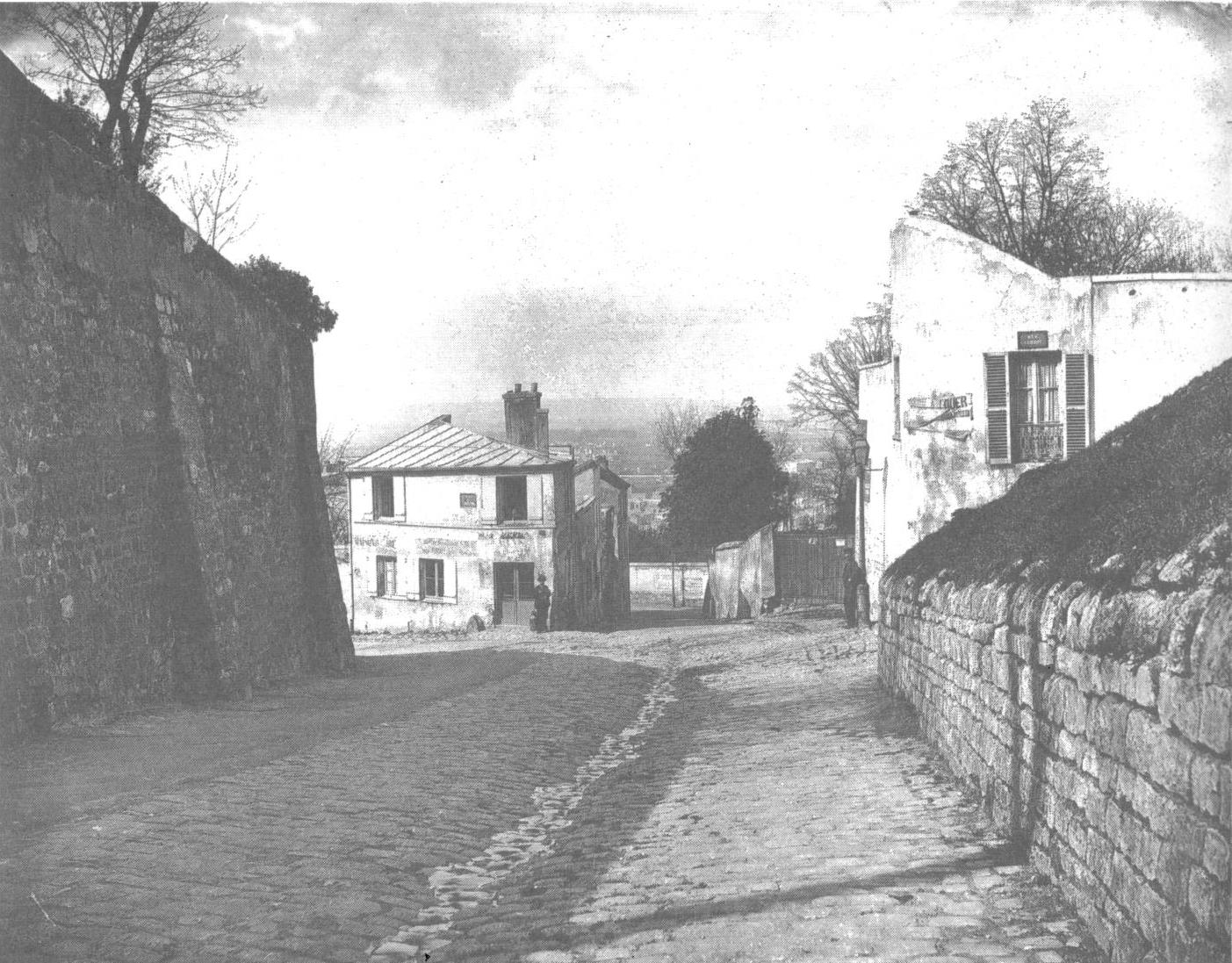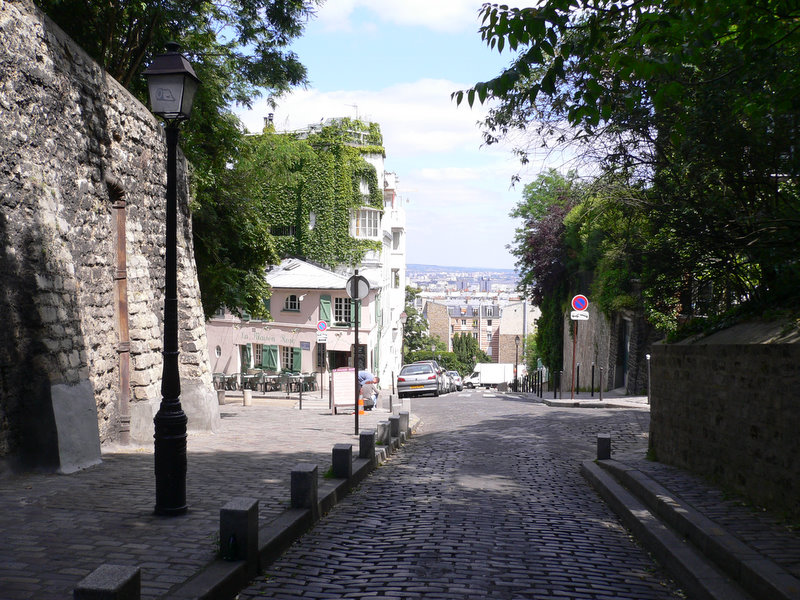Sunday 24 May 2015
VacationsToGo.com FASTDEAL #30506
| |||||||||||||||||||||||||||||||||||||||||||||||||||||||||||||||||||||||||||||||||||||||||||||||||||||||||||||||||||||||||||||||||||||||||||||||||||||||||||||||||||||||||||||||||||||||||||||||||||
Saturday 23 May 2015
Friday 22 May 2015
Friday 15 May 2015
點解講粗口?
林兆榮
生於香港,畢業於浸會大學視覺藝術院及中大文化研究。專門研究城市,交通歷史,香港電影,藝術設計,粵語粗口等。2012年於世界各地城市長途步行,開展了十一號全日遊街計劃,成為一個Flâneur。
原本這個星期計劃好去寫香港地鐵站名和真實地名的關係,但由於社會上突然「講起」粗口來,但卻對粗口認知甚少。有人認為粗口十惡不赦;有人卻認為粗口博大精深。到底是如何十惡不赦?又如何博大精深?
香港有關粗口的研究,可謂鳳毛麟角。筆者還在中學時,還有Geocities的年代,就有一個名為《廣東話粗口研究》的網頁,網頁裡分析了粗口字的文法,字義,變化等,看得我津津有味,可惜這個網站已不存在,只有一些不整全的網上複本;後來又在中大看過 袁立宜的碩士論文:《從人類學觀點探討香港廣東話粗口》;還有趣味性質為主,次文化堂的《小狗懶刷鞋》。綜合這些少數對粵語粗口研究的文本,加上少少個人見解,筆者希望在此與大家分享。
相關文章
香港粗口其實從來沒有定義。一般而言,「𨳒,閪,𨳊,𨳍,𨶙」,「仆街」和冚家鏟此五字二詞,都被認為是粗口。前面提及的「一門五傑」在香港政府編製的《香港增補字符集》中皆有紀錄,看不到的前面粗口字的朋友可以先下載字符集。
粗口字本字考據
「𨳒閪𨳊𨳍𨶙」(門中帶小西九七能),有說本字為「屌屄㞗𡴶𡳞」,兩者皆各有字典記載,個人認為確實難以考量何者為本字。然而,大部分研究粗口的專家,認為「一門五傑」為俗寫,而能從較早期字典,如《康熙字典》中可考的「屌屄㞗𡴶𡳞」是正寫。本文將連同《康熙字典》,逐一簡介:
𨳒/屌(讀音:diu2)
「屌」字見於:
《康熙字典》(卷七第五十八頁): 【屌】《字彙》丁了切,貂上聲,男子陰。《正字通》此為方俗語,史傳皆作勢。
可用作:
1.罵人的粗話:金董解元《西廂記諸宮調》卷三:「怎背誦《華嚴經》呵?禿屌!」
2.表示惱火或反感。元武漢臣《玉壺春》第二折:「踏開這屌門!」
3.性交的意思。
4.台灣可解作正面意思,無粗口之意思。
變化:
Diu,小,吊,丟
閪/屄(讀音:hai1/ bei1)
「 屄」字見於:
《康熙字典》(卷七第五十六頁): 【屄】《正字通》布非切,音卑,女子陰。
可用作:
1.女性外生殖器
2.形容狀態不佳:「單野好屄!」
3.反語:「我有我風格,理屄你諗法!」
4.專門辱罵女性:「臭屄」「肥屄」「爛屄」
變化:
Hi,西,蟹,系,兮
𨳊/㞗(讀音:haau1)
「 㞗」字見於:
《康熙字典》(卷七第六十頁):《字彙》渠尤切,音裘,男子陰異名。
可用作:
1. 詈詞。。姚雪垠《李自成》第二卷第二四章:「馬元利用鼻冷笑一聲說:他算個㞗!」
2. 形容愚笨:「 㞗下 㞗下」
3. 形容胡亂/隨意/任意:「 㞗做」
4. 經常以詞組「戇𨳊」出現。
5. 男子下陰
變化:
9,鳩,膠,尻,九,dog(戇 dog dog)
𨳍/𡴶(山下一個T字)(讀音:chat6)
「 𡴶」字見於:
《李氏中文字典》(第七頁),唯一未被收錄於《康熙字典》的「一門五傑」
可用作:
1. 形容過時,老套
2. 形容愚笨:「 𨳍咗」
3. 男子下陰
4. 經常以詞組「𨳍頭皮」/「𨳍頭」出現。
變化:
7,七,柒,實,seven,cheque,十,6+1,烚,嘟(第六聲)
𨶙/𡳞(山下一個T字)(讀音:chat6)
「 𡳞」字見於:
《康熙字典》(卷七第六十三頁):《字彙》良慎切,音吝,閩人謂陰也。《正字通》按,方俗語有音無字,陰不必別名
可用作:
1. 最常用的助語詞。
2. 經常以詞組「𨶙樣」出現,形容人,用途廣泛,中性或負面。
3. 男子下陰
4. 專門辱罵男性:「矇𨶙/廢𨶙/肥𨶙」
變化:
諗,肯,很,粉(粉腸-𨶙樣),lun,撚,鬼(痴𨶙線-痴鬼線)
香港粗口委婉語與城市歷史
除了基本上述的五字二詞,香港有一種獨特的粗口委婉語文化。
黃霑在他的「香港輝黃2000演唱會」曾講出以下的順口溜:「雷公淋淋呐 ,Fire滿天畫,呀D man no can bibibak,是以no can 畫。」意思是:「行雷,閃電滿天,那些男人著不到火煮飯,所以不肯work」
據黃霑所言,這一段bilingual 順口溜,是香港早期在船塢為英國人工作的華人工頭所作。當時船塢裡的苦力工頭只懂幾句英文,不知如何表達行雷,煮食等,於是講no, can, work 等簡單英文,加上一些帶台山口音的中文形成獨特的皮欽語(Pidgin)。華洋雜處的香港,也因其語言特性衍生更多獨特而有趣的粗口委婉語文化。例如:「童軍跳彈床」(是鳩彈-Scout彈);「澳門朋友」(Macau Friend-麻鳩煩);「荷蘭銀行支票」(Holland Bank Cheque-好撚笨柒); 「荷蘭公路」(Holland highway -好撚開胃)等。這種粗口委婉語相當能觀照香港歷史,亦饒有趣味。
粗口是否一定是罵詈語?
粗口的功能又不是一面倒的,尤其用於友人身上。Zdenek SALZMANN「在複雜的現代社會,髒話不是經常被所有成員在所有情況下都視為禁忌。」不少語文的粗言亦非純為罵詈,例如英語中的Bastard,其意為「私生子」,「不齒之徙」,「王八蛋」,「自私鬼」,但同時Bastard 的用法又有另一面, “The poor bastards never had a chance”的意思是:「可憐他們連逃生的機會也沒有。」此絕對是同情之意,而無譏諷之心(見 Micheal Bernard ,劉佑知著《細說英語粗話American English VULGARISMS》)。而Shit (意為糞便,胡說)若以 「know(one’s)shit」的形式出現,如”when we talk about design, Roger really knows his shit.” 的意思是:「談到設計學,羅渣是個老行家。」如此一來,此粗口更是「美言」。
香港粗口亦不例外,因應使用的狀況,粗口的意義亦會作出調整。例如朋友相聚共晉晚饍,一人爭著請客,友人欲止之而嚷著:「丫我屌你條仆街,次次都係你俾錢,你真係好契弟!」就包含了讚頌友人有孟嘗君之請客之道,亦有「老友」之意。可見「仆街」及「契弟」並無字面上包含的惡意,「屌」字也絕非一個字面可解的動詞。
叫人「唔好講粗口」的論點
著人少講粗口有很多論點,但總之不是「堂堂大學生,納稅人供你返大學講粗口?」這些廢偽論點。很多人都認為粗口中有大量男性沙文主義意識;而我則認為,粗口最大的問題是,粗口本身是一種懶惰的語言。粗口基本五字,在語言中的用途過於廣泛,例如程度結構(好◎癲);補語性質(臭◎到仆街);狀態描述(搞◎掂)等,都可以一字走天涯;粗口字亦常一字多義,慣用粗口可能會減少語言變化;粗口字亦較難與細緻的文字一起使用,例如「講」,可以分為:
「討論」,「傾訴」,「漫談」,「哀求」,「道」等多種不同形態。
但如果要混合粗口使用,就只能用說「尋日佢同我講◎左/傾◎過」,很難說「佢同我傾◎訴過」;你亦只能說「我睇◎返我呢世人」,而很難說「我回◎顧呢一生」或「我驀◎然回首」。如果只使用粗口,的確是比較難做細緻的描述。林夕先生曾在專欄中記述,有次黃霑抱怨工作辛苦,慨然嘆曰:「皓首窮經,諗嘢諗到◎毛都白◎埋,唉。」這個令林夕拍案叫絕的粗口例句,尚且要把粗口字放在陰毛白化上,而非「 皓◎首窮◎經」-古雅的詞組,也較難使用粗口。
上面提及的黃霑先生,他以原名黃湛森於香港大學完成哲學博士。網上有一個蕭若元先生的訪問,他說他大部分的粗口是在港大學的,更以他自創的三十六字粗口成為一個都市粗口傳說;文學家老舍的《茶館》第二幕,也是屌聲不絕:「屌!揍他個小舅子!」「屌!誰要鈔票?要現大洋!」;魯迅1925年有一雜文:《論「他媽的!」》;施耐庵於<<水滸傳>>大量記載粗言,如第二十九回武松罵蔣門神:「休言你這廝鳥蠢漢!」。「鳥」乃為粗口之借代:古時江南一帶粗言從「鳥」音。講粗口,從來沒有文化學歷限制。粗口,該用時,就要用:收放自如,就是至高境界。
Thursday 14 May 2015
Seville: Plan your trip from Sevilla to Morocco
- SAVE ARTICLE
- WATCH ARTICLES
More Traveler Articles
advice from real travelers
Transportation
- Arriving & Departing
- Buying Renfe Tickets Online
- Getting Around
- Parking Guide - Seville
- Public Transportation
- Seville Intercity Bus Travel
- Taxis & Rental Cars
- Trains
Background
- Architecture
- Culture
- Health & Safety
- History
- Neighborhoods
- Recommended Reading
- Tourist Board Info
- Weather & When to Go
Things to Do
- Capilla del Patrocinio
- Events & Festivals
- Flamenco Guide - Seville
- Laundromats in Seville
- Museums & Attractions
- Nightlife
- Santa Rosalia Convent
- Sports & Activities
Read more about Seville
Topics include Dining Scene, Spain: For Foreign Visitors & more!
Best Seville Travel Deals
- Seville: Compare hotel Rates!
Booking.com Excellent choice, Save money - Seville: 現在就來體驗特別優惠的酒店價格吧。
Agoda.com 為您提供全部酒店及用戶評論。 為您提供全部酒店及用戶評論。
- Seville: Compare hotel Rates!
- Sponsored links *
While planning a trip from Spain to Morocco, it might be very difficult to find the info needed. To travel from Seville to Tangier, take the Bus at Prado San Sebastien station. If you plan on traveling to Tarifa on a Friday evening, book your ticket in advance onwww.Movelia.es. If the 5:30 pm bus is fully booked you have an option of taking the next bus at 8 pm which brings you to Tarifa at 23:00. Apparently, Cadiz is a popular weekend destination and the bus stops at the city before reaching Tarifa. If you prefer not to take the late bus and spend the night there, there is another bus company (Linesur) in the same bus station that leaves at 18:30 to Algeciras and arrives there at 21:00. Once there, the bus makes a stop at the puerto (the port) before continuing to the bus station. Descend there and cross the street to the other side. It is not a short walk to the port so pack light. After you buy your ticket (23 euros) check which hall you are departing from. There are several companies. There are ferries departing at 21:00, 22:00, 23:00, 00.00, 6:00, 7:00,... The ferry is supposed to take 90 min but takes about 120 min. On the ferry, fill a custom form that you can find at the bar and clear customs with the Moroccan officer. You will know he is there when you see lines forming behind the bar. Once in Tangier, you will have to show your passport again to the officer at the exit. The ferry arrives at (Tanger Med). A bus will come and pick you up with others to the Gare Maritime where you will put your luggage on the belt to be checked. There is an hour difference in the winter between both countries. Morocco is an hour earlier. Once out, a bus will pick you up to take you to the city, about 45 min. This is a lot of time.
Having done that, it was wise to change plans for the return. In the city, just outside of the city port, you can buy a ticket (32 euros) on the fast ferry FRS. You can book online at (www.frs.es) but no need to do so. The trip is only 45 min and departs from the city (Tanger city) so there is no need to do the 45 min road trip. You again clear customs and board. The ferry arrives to Tarifa which seems much nicer than Algeciras. If you are tight on time, you need to be at the front as once the gate of the ferry opens, people run to get to the customs. The lines are quite long. Once you clear customs, your options are as follows: take a taxi (7 euros) to the Comes bus station for the 17:00 bus to Sevilla (the last from Tarifa) or if you are late, take the free shuttle FRS provides to Algeciras. Use the word bus not shuttle. There, there are 2 buses back to Sevilla, one at 19:00 and the other at 21:00. The bus from Tarifa makes few stops on the way but avoids you the trip to Algeciras.
Have more time to enjoy rather than worry. Good luck.
Having done that, it was wise to change plans for the return. In the city, just outside of the city port, you can buy a ticket (32 euros) on the fast ferry FRS. You can book online at (www.frs.es) but no need to do so. The trip is only 45 min and departs from the city (Tanger city) so there is no need to do the 45 min road trip. You again clear customs and board. The ferry arrives to Tarifa which seems much nicer than Algeciras. If you are tight on time, you need to be at the front as once the gate of the ferry opens, people run to get to the customs. The lines are quite long. Once you clear customs, your options are as follows: take a taxi (7 euros) to the Comes bus station for the 17:00 bus to Sevilla (the last from Tarifa) or if you are late, take the free shuttle FRS provides to Algeciras. Use the word bus not shuttle. There, there are 2 buses back to Sevilla, one at 19:00 and the other at 21:00. The bus from Tarifa makes few stops on the way but avoids you the trip to Algeciras.
Have more time to enjoy rather than worry. Good luck.
Gibratar Tangier
Visiting Gibraltar
Views across the Straits of Gibraltar
Gibraltar is an anglicisation of 'Jebel Tarik' or Tarik's mountain and is named after Tarik ibn Zeyad, the Moorish general who, in the 8th century, conquered much of Spain.
At the time I lived in Spain in the 1970s, General Franco had closed the border with Gibraltar. I would sometimes ride my TriBSA 750 (cafe racer with a Triumph engine/BSA frame) up to the gates for a glimpse of a British-uniformed bobby and think to myself "there's Watney's Red Barrel on the other side." I'm glad to say my tastes have matured somewhat since then.
If you have the time to spare Gibraltar is well worth a visit and you can fill up with cheap fuel whilst you are there. On a motorbike you can bypass the queues for the border formalities. Make sure you have pounds with you as the euro exchange rate in shops is terrible. Also make sure you don't get landed with any Gibralter pounds in your change as you can't use these back in the UK.
For me, the interesting area is the Upper Rock which has more than 30 miles of tunnels. You need to buy a ticket and this gives you access to
- St Michael's Cave
- The Siege Tunnels
- Moorish Castle
- Devil's Gap Battery
More information at the Discover Gibraltar website.
The Gibraltar Regiment marching through the city
More photos shortly"For sheer delight there is nothing like altitude; it gives one the thrill of adventure
and enlarges the world in which you live," Irving Mather (1892-1966)- 11-05-11, 07:58#5
Ferries to Morocco

From central Europe
As you can see from the above map, if you are coming from central Europe there are a number of ferries that will save you considerable overland travel with routes from northern Italy, southern France and north east Spain. For example, the Sète (southern France) to Nador ferry takes 36 hours (two nights and a day) and including accommodation and food costs around €450. These routes are particularly useful in the winter months when riding through Spain can be cold.
Central Southern Spain
I came down the coast from Barcelona one year and then used the overnight Almeria to Melilla ferry so that I could explore eastern Morocco. The Malaga to Melilla ferry has been used by many Dakar rallies. Melilla is a Spanish enclave on the African coast, another destination choice is Nador which is the Moroccan port next to Melilla.
As of 2011 there's a new line running from Motril to Melilla, see Naviera Armas website. Motril is halfway between Malaga and Almeria, and lies south of Granada just off the A44 motorway.
Straits of Gibraltar
This is the shortest and fastest crossing to Morocco. You can travel from either Algeciras or Tarifa in southern Spain, landing at either Ceuta, Tanger Med or Tanger City ports. There is also a Gibraltar to Tanger Med service operated by FRS which seems to run mainly on Fridays. Ceuta is a Spanish enclave so there are no passport or customs formalities when you land, instead you then go through a land border a few km to the south. If you travel to one of the Tanger ports, passport control is performed onboard and customs clearance is carried out when you land.
There are half a dozen companies plying these routes with both fast JetFerries and slower/cheaper traditional ferries, including Acciona, Trasmediterranea, Balearia and Nautas Al Maghreb). The cheapest JetFerry crossing to Morocco for vehicle owners currently appears to be Acciona from Algeciras to Tanger Med; you can check out ferry times and costs at aferry.to. The Tarifa to Tanger City route is operated by FRS.
The new port of 'Tanger Mediterranean' opened spring 2010 in a phased introduction. As from May, all ferries from Algeciras that previously went to 'Tanger City' instead landed at 'Tanger Med' which, seeing as it is a shorter crossing, results in a faster transit. Ferries from Tarifa, Sète, Barcelona and Genoa will for the moment continue to land at Tanger City, but it is intended these will also transfer to Tanger Med or other ports, leaving Tanger City as predominantly a terminal for cruise liners.
The map above shows the new ferry route in red. The road links from Tanger Med are excellent with a new motorway (shown in dark blue) connecting the port to the existing A1 motorway heading south to Rabat. Heading east is a new four-lane highway to Fnediq (next to Ceuta) that then connects to the new motorway to Tetouan.
Vehicles unload at the right and drive 1km or so to the customs area above. In the left distance you can see the passenger terminal with banks, insurance offices and ferry company sales booths.
Foot passengers would be better advised to cross to Tanger City or Ceuta."For sheer delight there is nothing like altitude; it gives one the thrill of adventure
and enlarges the world in which you live," Irving Mather (1892-1966)
Wednesday 6 May 2015
Friday 1 May 2015
Lost Paris: Documenting the disappearance of a Medieval City
If you can’t make it to Paris (or time travel), the next best thing might just be these photographs of a Paris lost, moments before its disappearance. Before it became the city of light, before the Eiffel Tower became its unmistakable symbol, photographer Charles Marville was commissioned to document the transition from medieval Paris, a city that would be all but destroyed to make way for a modern, symmetric and more efficient Paris. These are his photographs…
Under the order of Napoleon III, General Haussmann was in charge of tearing up streets and razing entire neighbourhoods. In the mid 1800s, Paris was essentially one big construction site.
Whereas before, when the river Seine was the centre of commerce, Haussmann’s large boulevards would become the new highways of Paris.
Through Marville’s documentation, you really start to understand that most of the city’s ‘hidden’ little cobblestone passages we see in Paris today were actually once their main streets for navigating Paris, where all sorts of businesses could set up shop.
And then Haussmann came along and plonked his big apartment buildings and boulevards in front of them (or on top of them).
Check out this before & after for example…
Before
Marville photographs the Passage du Clos-Bruneau in 1855, about to disappear behind Haussmann buildings…
After
Today, the passage is still there, but only accessible through that archway of number 15 Rue des Ecoles (under the hotel sign).
These before and after examples show the disappearance of Passage du Clos-Bruneau in the latin quarter. The passage still very much exists, but it’s now hidden behind Haussmann buildings. I’ve often walked down this passage where you can find evidence of old shop fronts and thought, why would anyone have opened a shop back here in the first place? But, of course, as you can see from the earlier Marville photos, these were once pretty great locations for businesses dependent on passing customers, even ideal for large hand painted billboard advertising for all to see.
Before
The buildings marked in red are still standing today, hidden in la passage du Clos-Bruneau.
After
The new Haussman rue des Ecoles hides a lost Paris behind it.
Of course, a lot of what Haussmann did for Paris was pretty invaluable. Once described as “a giant whole of putrification”, in pre-Haussmann medieval Paris, you most probably wouldn’t have wanted to get lost wandering the little cobblestone passages that seem so charming today…
Above is a photograph that Mr. Marville snapped of the newly installed Parisian urinals for men, or “pissoires”, which helped cement the city’s reputation as the most modern city in the world. Perhaps not something we’d be very used to seeing in our streets today, but certainly more hygienic than what had been going on before!
Place Saint-André-des-Arts (pre-Haussmann)
Haussmann also added 20,000 gas lamps to the city and took meticulous measures to ensure the streets and the architecture felt symmetrical and elegantly harmonious. If the street lamps didn’t all equal in height because of uneven ground, some lamp posts would be given stilts or shaved down in height to make sure they all matched.
Paris is a grand and elegant city thanks to Haussmann, there is no doubt about that. But there are some parts of the old city that still remain almost unchanged, with clues to the “lost Paris”. And if you haven’t noticed already, Nessy loves following those clues….
Before
After
Rue des Saules, Montmartre, then and now by Charles Marville.
More clues: If you want to see more before & afters of Paris via their locations, check out this site with a map of Paris with all of Charles Marville’s late 19th century photographs of Paris before and after.

FROM THE VAULT
Subscribe to:
Posts (Atom)







 Reply With Quote
Reply With Quote